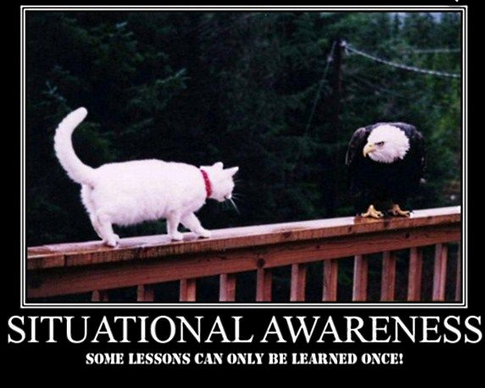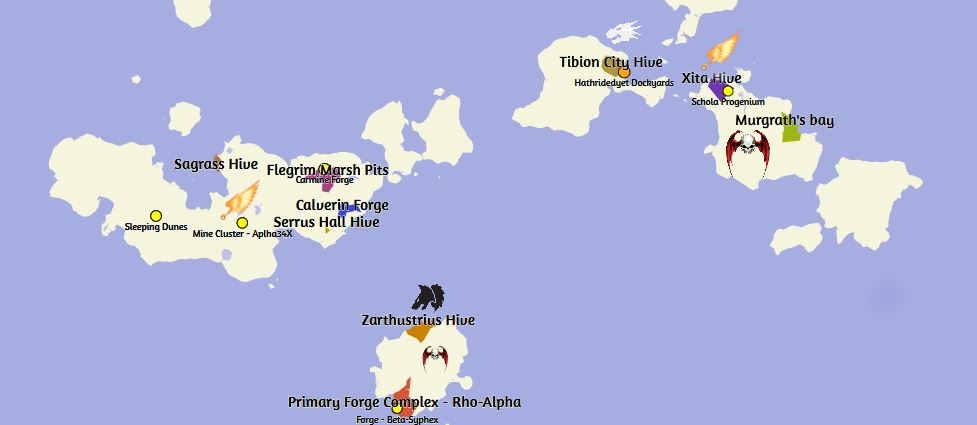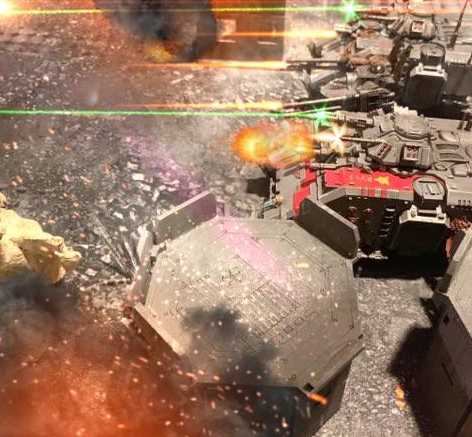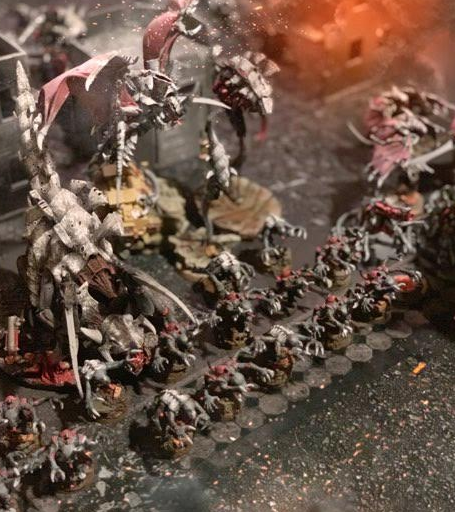*Writer’s Note: this is designed to be the first in a series of 3 articles on suggestions for Organizing, Running and Ending a narrative Campaign*
Hello everyone! I love narrative campaigns. My first exposure to 40k was steeped in the drama of helping an imperial pilot escape the Tyranids on Macragge in 4th edition. In the intervening 13 years, narrative campaigns have represented both the zenith and the nadir of my time as a player. I have seen campaigns end in a dramatic flourish (a single unit of Blood Angel marines tying up a warhound titan for 3 turns to win both the game and campaign) but also many campaigns that barely make it a couple of weeks before collapsing under their well-intentioned but poorly implemented rules.
In order to hopefully spare you some of the disappointment I have experienced (both as a player and as an organizer of a campaign), I want to share the three do’s and one don’t to consider when organizing a campaign. These rules aren’t prescriptive but are based on my own experiences.

Do: Read the Room
When deciding where to start when building a campaign, the most important step is to consider who else will be playing with you. If you play at a small FLGS with a limited number of players, it may be very difficult to run an expansive multifaction 30k campaign. In the same way, it can be frustrating to try and hold together a map campaign with 20 players at a large gaming store. The first step in designing a campaign is to understand what the people around you are interested in playing. There are many different types of campaigns you can run, but if you pick the wrong one it can doom your campaign from the start. As a general rule of thumb, the greater the number of players, the less complex the campaign should be. I have found that smaller gaming stores typically lend themselves towards campaigns that involve group games. When you have a few players, it is easier to coordinate group events and can go a long way in building up a 40k community. Larger clubs make for larger player pools which necessitates individual matchmaking.
Whether you are a member of a large or small club, the most important step is to find a few key players to build around. Look for the narrative players who have well painted armies or who are heavily invested in the fluff. In these campaigns, you get out what you put in and those who have already invested heavily in their armies usually make for dedicated players (with some exceptions).
Do: Build a plot and set a time limit.

Narrative campaigns aren’t like superhero movies: you can’t stretch them on ad infinitum! One of the best ways to encourage people to join your campaign is to establish a definitive end date. For most of my campaigns, I will say that it will only run for 4-8 games, depending on the size of the group. It makes it easier to keep people invested and avoid burnout. In addition, the limit gives players a sense of urgency and ensures that there is an arc to the campaign. A final added bonus is that when you are heavily invested in coming up with custom rules or scenarios, a limited campaign takes some of the pressure off of the organizer.
Speaking of arcs, one of the hardest parts of a narrative campaign is developing a compelling story for the campaign. I find the traits that make someone a good roleplaying DM also make a good narrative organizer. This is not to say that these events need to have long involved stories. Often, all you need is a couple of paragraphs to set the stage and get people’s imaginations flowing. As with roleplaying games, your best bet is to let players take the lead in developing the story along the way and so some degree of flexibility is recommended.
Do: Involve your players

This is going to be one of the hardest principles to implement, and it is the most susceptible to variation. There are many different ways to involve your players in the campaign, from allowing custom units and stratagems to allowing them to have grudge matches and to customize their own missions. However, you choose to do it, I highly recommend looking for ways to involve your players in each round of the campaign. At the same time, make sure to have some controls over what types of customizations people can make. For example, for each of my campaigns I allow players to design a custom faction trait, relic and stratagem that they can use in the campaign. However, I also have the players vote on each custom element, which generally keeps in check overpowered items.

Another great way to involve players is to give them a lot of leeway in picking their missions. As someone who enjoys writing custom missions (but doesn’t have a lot of time to test them), giving players options about which rules and scenarios to use can be helpful, especially if you accidentally create an unbalanced mission type. When I create my campaign, I usually build a map with 3-4 key locations representing strategic points of interest, and then design a unique mission or objective for each one. Every campaign turn, one team will decide who wants to attack which section and then the defenders will deploy in opposition. Once all the battles for this round have been fought, the defending team becomes the attackers and they get to pick their targets. I have found this gives players a chance to roleplay their army a bit (would the Salamanders try to evacuate a crowded hab block or secure a clue to one of Vulkan’s lost relics?) while also allowing you to come up with some creative missions (if you want to). One thing to keep in mind is to try to avoid having a player face the same person twice, in order to avoid someone being picked on (though grudge matches are an allowable exception to this rule).
Don’t: Charge Money

This is one pitfall that I find to be a little controversial. Charging money for a campaign can have both pluses and minuses so let’s take a look at some of them:
Pluses:
- Players will be more likely to commit to finishing the campaign
- Players are less likely to back out
- FLGS need to keep the lights on and sometimes you need to pay to play (this is more reality then plus)
Minuses:
- Can be harder to get people to join your campaign
- Players will feel more pressure to win rather than to have fun
- Players will expect more from the experience
And remember, Frontline Gaming sells gaming products at a discount, every day in their webcart!



an interesting start to the series with lots of good advice
There’s also some interesting programmes on Twitch / Warhammer Tv where Peachey and Andy C have shown off their maps – including one in which most of the Warhammer World staff took part.
As a Necron Battlefleet Gothic player/ campaign leader, I always found it difficult to include all of the different races in one campaign. It’s easy to include one in the mix with Chaos and Imperium – say Orks or one Eldar faction – as the story setting was easier to write. But much more difficult if you try to add in Tau, Necron, Tyranids etc.
Glad you enjoyed it! I also completely agree though I feel that now that crons have more personality they can fit into a narrative more easily then Nids.
The problem too is that if you have 2-3 nid players it works better as you can make them their own faction but if you only have one person it is a lot harder.Though now that I think about it I may have some ideas for how to work them in for a future article.